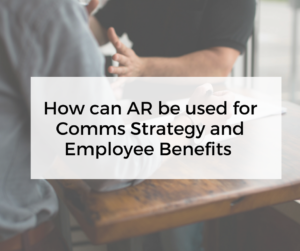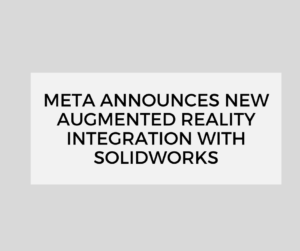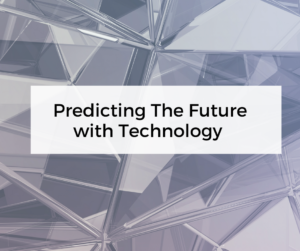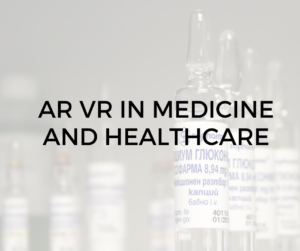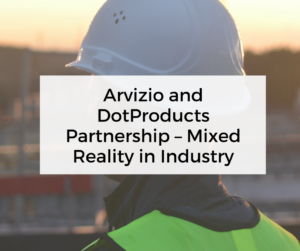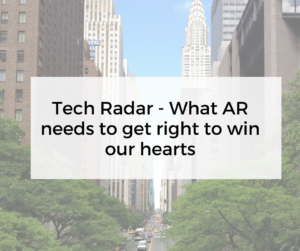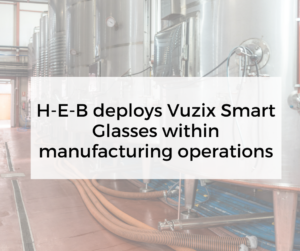AGCO Wearable Tech Helps Build Tractors

Google Glass has now become a workplace tool to help companies increase productivity; the computers are now known as Glass, and are made under the auspices of Alphabet’s X Lab, Google’s parent company.
Other companies which have tested or used Glass listed in the article include Coca-Cola, Volkswagen, GE, McKinsey & Co and Boeing.
The article mentions that additional organisations have tested Microsoft’s ‘mixed reality’ HoloLens. A study by Forrester Research anticipates that over 14 million US workers will use smart glasses by 2025.
AGCO’s director of business process improvement, Peggy Gulick, is quoted to have said that the glasses help to make employees safer and more productive, and are more beneficial than workers carrying tablets, which caused them to be damaged. Gulick has also said that instructions embedded in the safety glasses at AGCO can be customised to suit the employee’s level of experience, altering the detail of instructions on screen. Voice commands can be used to leave notes for the next shift, and workers can scan a machine’s serial number to access a manual, photo or video for tractor building.
Google offered AGCO a pair of smart glasses to try after the debut of Glass for the consumer, and the company now has approximately 150 pairs in use at its Jackson facility. In addition to this, smart glasses are being tested at AGCO’s facilities in Germany, Italy, Brazil, Kansas, and Illinois. Gulick has estimated that AGCO will be using around 1000 pairs by the end of 2018.
AGCO has also found that the smart glasses have resulted in:
- 30% reduction in inspection time
- 25% reduction in production time for certain assembly jobs
- 50% reduction in time needed to train new employees
However, the article mentions some downsides to using the smart glasses:
- Some employees are reluctant to embrace the technology
- Ergonomic issues, e.g. headaches and eye strain
- Fears of employees becoming obsolete as a result of technology
- Cost
- Comfort of use
